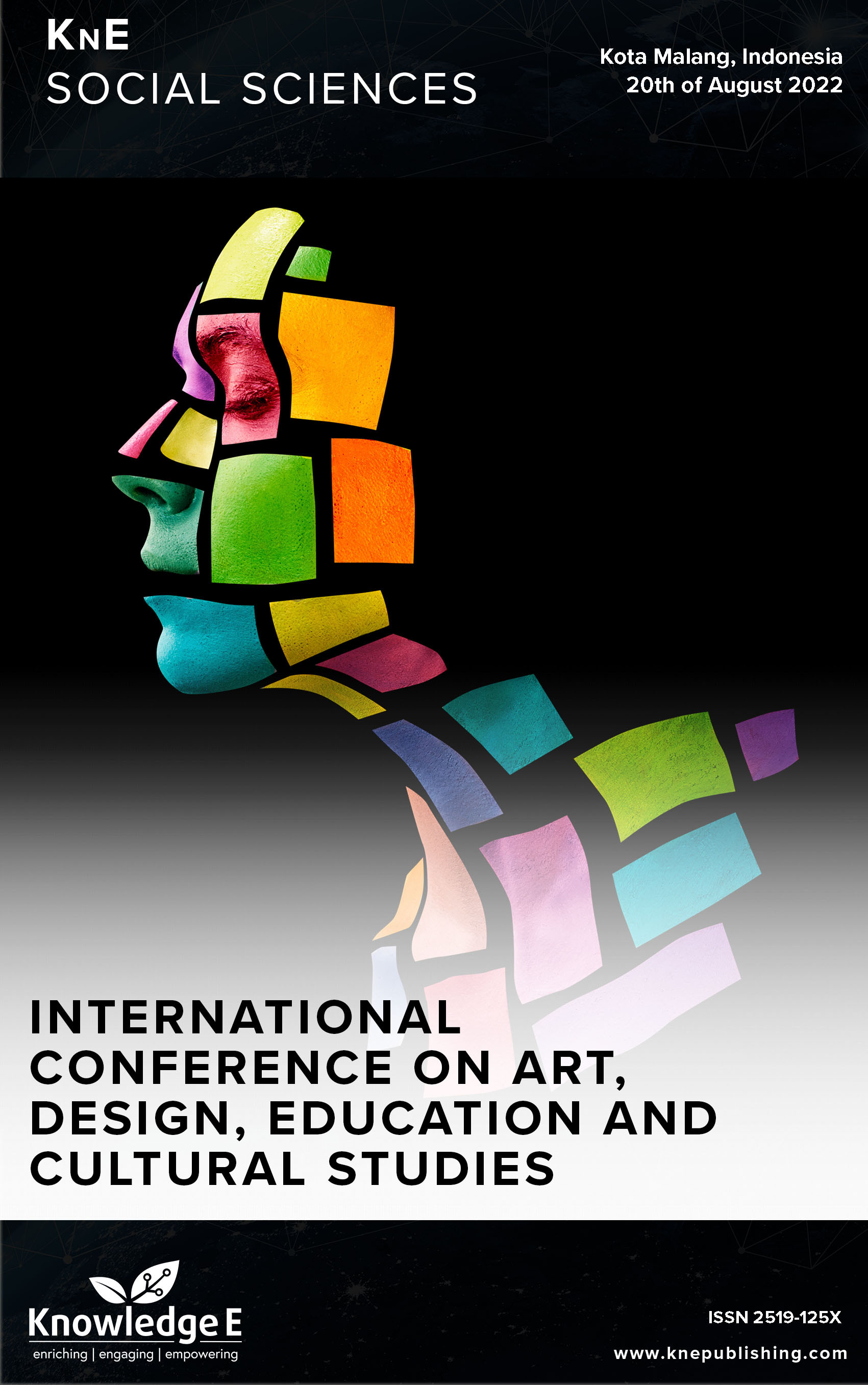Emotion-driven Behavior of Game Characters
DOI:
https://doi.org/10.18502/kss.v8i15.13944Abstract
The field of interpersonal communication recognizes the significant impact of emotions on interactions between individuals. The classification of emotions has been a longstanding topic of study and has become an important aspect of the communication process. Despite its significance, the utilization of emotions for the purpose of regulating character conduct has yet to be extensively incorporated within the domain of gaming. The many types of emotions that have been identified has led to the inadequacy of incorporating emotions in game characters. The rapid development of games requires game characters to have behaviors that resemble human traits. One way that can be done is to add emotion as a trigger for changes in the behavior of game characters. Setting the behavior of game characters is done by changing the value of the attributes they have. To apply emotions to game character attributes, rules are made that serve as a reference for how each type of emotion can affect game character attributes. This alteration in attribute will change the behavior of the game character.
Keywords: basic emotion, game character behavior, game character attribute
References
[2] Levenson RW. Basic emotion questions. Emotion Review. 2011;3(4):379–86.
[3] Izard CE. Forms and functions of emotions: matters of emotion–cognition interactions. Emotion Review. 2011;3(4):371–8.
[4] Zed M. Metode penelitian kepustakaan. Yayasan Pustaka Obor Indonesia; 2008.
[5] Hamid D. Metode penelitian pendidikan. Bandung: alfabeta. 2011.
[6] Baumeister RF, Vohs KD, DeWall CN, Zhang L. How emotion shapes behavior: feedback, anticipation, and reflection, rather than direct causation.Personality and Social Psychology Review . 2007 May;11(2):167–203.
[7] Van Kleef GA. How emotions regulate social life: the emotions as social information (EASI) model. Current Directions in Psychological Science. 2009;18(3):184–8.
[8] Bower GH. How might emotions affect learning. Handb. Emot. Mem. Res. Theory. 1992;3:31.
[9] Gerald V. The character of difference: Procedurality, rhetoric, and roleplaying games. Game Studies. 2009’9(2).
[10] Park AE, Henley TB. Personality and fantasy game character preferences. Imagin Cogn Pers. 2007;27(1):37–46.
[11] Bostan B, Öğüt S. Game challenges and difficulty levels: lessons learned From RPGs. International simulation and gaming association conference. 2009:1–11.
[12] Louis A, Sutton C. Deep dungeons and dragons: Learning character-action interactions from role-playing game transcripts. Proceedings of the 2018 Conference of the North American Chapter of the Association for Computational Linguistics: Human Language Technologies. 2018;2:708-
[13] Winnie D, Winnie D. The role-playing game character. Essent. Java AP CompSci Program. Computer Science. 2021;:247–52.
[14] Ribeiro T, Ribeiro G, Veloso AI. Playable characters attributes: An empirical analysis based on the theoretical proposal from Katherine Isbister and Ernest Adams. HCI in Games: 4th International Conference, HCI-Games. Proceedings. Springer. 2022:84- 100. https://doi.org/10.1007/978-3-031-05637-6_6
[15] Widiyanto NR, Nugroho SM, Purnomo MH. The calculation of player’s and nonplayer character’s gameplay attribute growth in role-playing game with K-NN and Naive Bayes. 2020 International Conference on Computer Engineering, Network, and Intelligent Multimedia (CENIM). IEEE. 2020:103–110.
[16] Downs E, Smith SL. Keeping abreast of hypersexuality: A video game character content analysis. Sex Roles. 2010;62(11-12):721–33.

